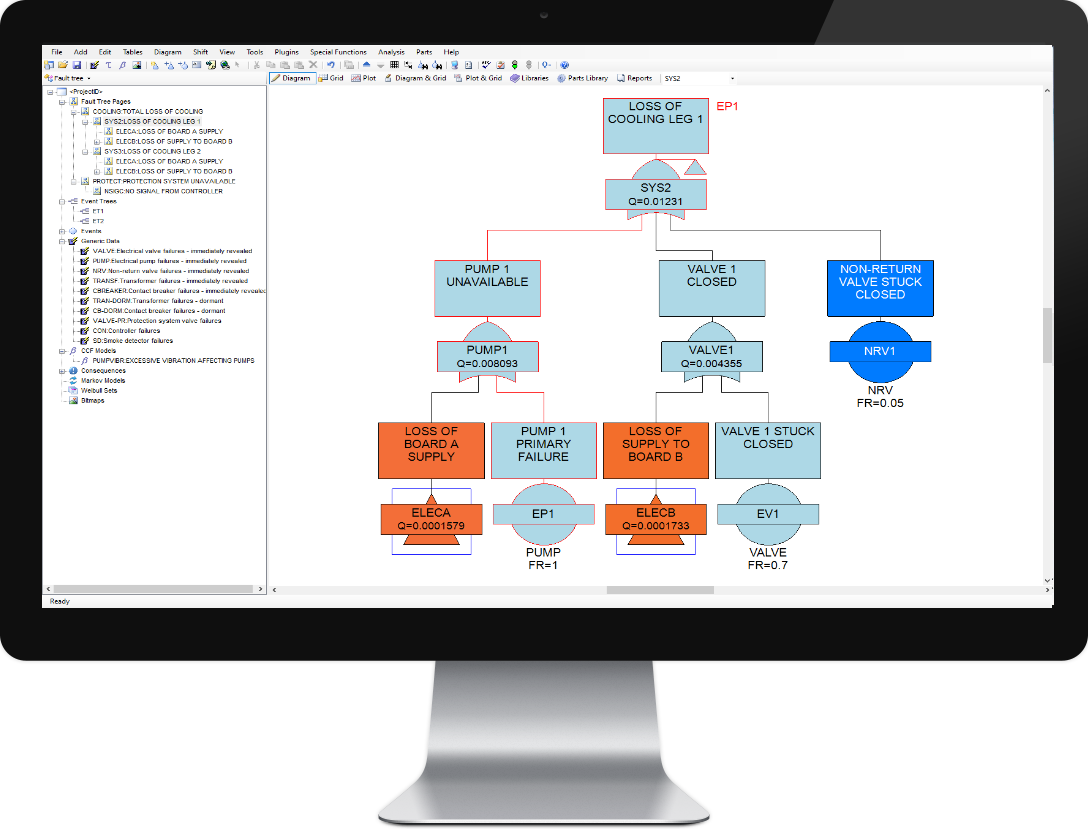Signed in as:
filler@godaddy.com
Signed in as:
filler@godaddy.com

From Wikipedia, the free encyclopedia (Redirected from Incremental Train Control System)Jump to navigationJump to search A Metrolink locomotive decal on an MP36PH-3C stating that it is equipped with positive train control technology.
A Metrolink locomotive decal on an MP36PH-3C stating that it is equipped with positive train control technology.
Positive train control (PTC) is a system of functional requirements for monitoring and controlling train movements and is a type of train protection system.[1] The term stems from control engineering. The train is only allowed to move in case of positive movement allowance. It generally improves the safety of railway traffic.
Train protection systems are used to control traffic movement by technical means. They are especially needed in cases of high speed transportation, dense traffic with short succession of trains and mixed type traffic at widely differing speeds. Train protection systems were in practical testing at least since the beginning of the 1930s in Europe. Stopping a running train is the main goal of any train protection system.[2] This is most easily done with stop order, and without a special order the vehicle is allowed to run. A typical representative for this "negative train control" is Indusi. In contrast to this 'easy moving', a PTC restricts the train movement to an explicit allowance; movement is halted upon invalidation.
The main concept of PTC (as defined for North American Class I freight railroads) is that the train receives information about its location and where it is allowed to safely travel, also known as movement authorities. Equipment on board the train then enforces this, preventing unsafe movement. PTC systems may work in either dark territory or signaled territory, and may use GPS navigation to track train movements. Various other benefits are sometimes associated with PTC such as increased fuel efficiency or locomotive diagnostics; these are benefits that can be achieved by having a wireless data system to transmit the information, whether it be for PTC or other applications.
The Federal Railroad Administration (FRA) has listed among its goals, "To deploy the Nationwide Differential Global Positioning System (NDGPS) as a nationwide, uniform, and continuous positioning system, suitable for train control."[3] The U.S. freight rail industry had said that at the end of 2018, the nation's largest freight railroads were operating PTC across 83.2 percent of the required route miles.[4] The American Railway Engineering and Maintenance-of-Way Association (AREMA) describes Positive Train Control as having these primary characteristics:[5]

FRA's Office of Railroad Safety promotes and regulates safety throughout the Nation's railroad industry. The office executes its regulatory and inspection responsibilities through a diverse staff of railroad safety experts. The staff includes 400 Federal safety inspectors who operate out of eight regional offices. Each regional administrator is supported by two deputy regional administrators, chief inspectors, supervisory specialists, grade crossing safety managers and safety inspectors for five of the safety disciplines focusing on compliance and enforcement in:

Download Reliability Workbench and access FaultTree+, our powerful fault tree analysis software used in high profile projects at over 1800 sites worldwide.
Our software has been in continuous development since the 1980s and is the recognized standard for safety and reliability professionals.

Software reliability Testing & Measurement
Positive Train Control (PTC) is a processor-based/communication-based train control system designed to prevent train accidents. PTC may be voluntarily developed and implemented by a railroad following the requirements of Title 49 Code of Federal Regulations (CFR) Part 236, Subpart H – Standards for Processor-Based Signal and Train Control Systems; or, may be as mandated by the Rail Safety Improvement Act of 2008 developed and implemented by a railroad following the requirements of 49 CFR Part 236, Subpart I – Positive Train Control Systems. With limited exceptions and exclusions as described within Subpart I potentially available, PTC is required to be installed and implemented on Class I railroad main lines (i.e., lines with over 5 million gross tons annually) over which any poisonous- or toxic-by-inhalation (PIH/TIH) hazardous materials are transported; and, on any railroad’s main lines over which regularly scheduled passenger intercity or commuter operations are conducted. It is currently estimated this will equate to approximately 60,000 miles of track and will involve approximately 20,000 locomotives. PTC technology is capable of automatically controlling train speeds and movements should a train operator fail to take appropriate action for the conditions at hand. For example, PTC can enforce a train to a stop before it passes a signal displaying a stop indication, or before diverging on a switch improperly lined, thereby averting a potential collision. PTC systems required to comply with the requirements of Subpart I must reliably and functionally prevent:
PTC systems must also provide for interoperability in a manner that allows for equipped locomotives traversing other railroad’s PTC-equipped territories to communicate with and respond to that railroad’s PTC system, including uninterrupted movements over property boundaries.

'LIFE ' is the most critical of all Safety-Critical Systems.
We hold these truths to be self-evident, that all people:
Black, White, Brown, Red, Yellow, and Mixed lives matter;
Native, Immigrant, and Non-Immigrant lives matter;
Male, Female, and Gender Fluid lives matter;
Challenged and Unchallenged, lives matter;
Young and Old lives matter;
Your and My life matter.
.. Black Lives Matter (BLM).
.... All Lives Matter (ALM)...